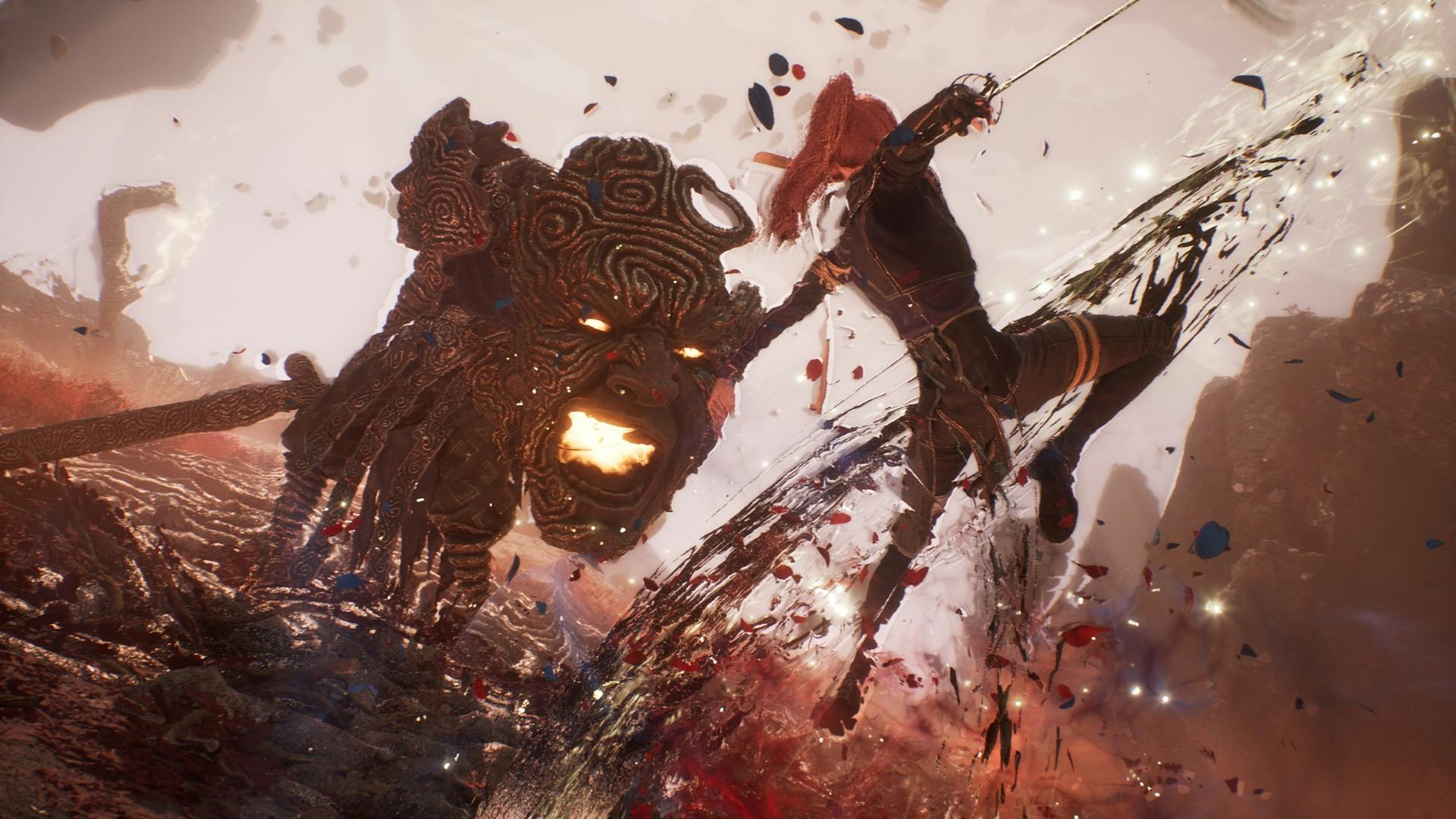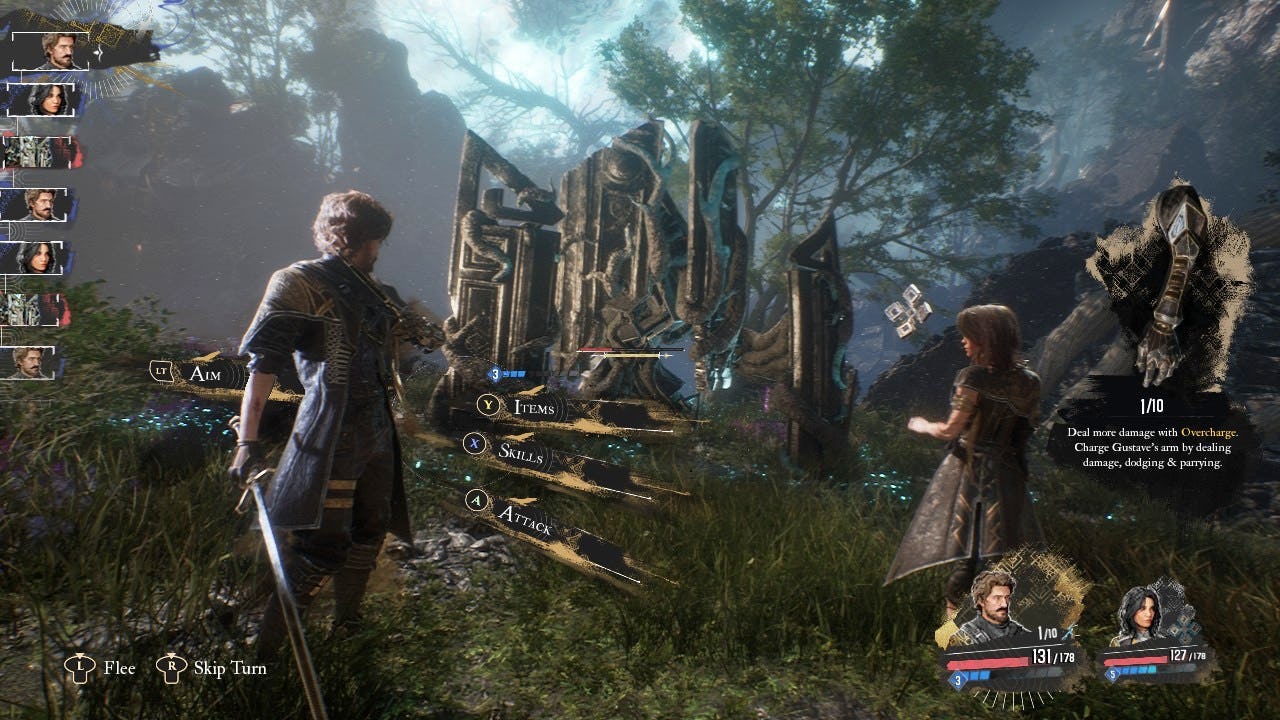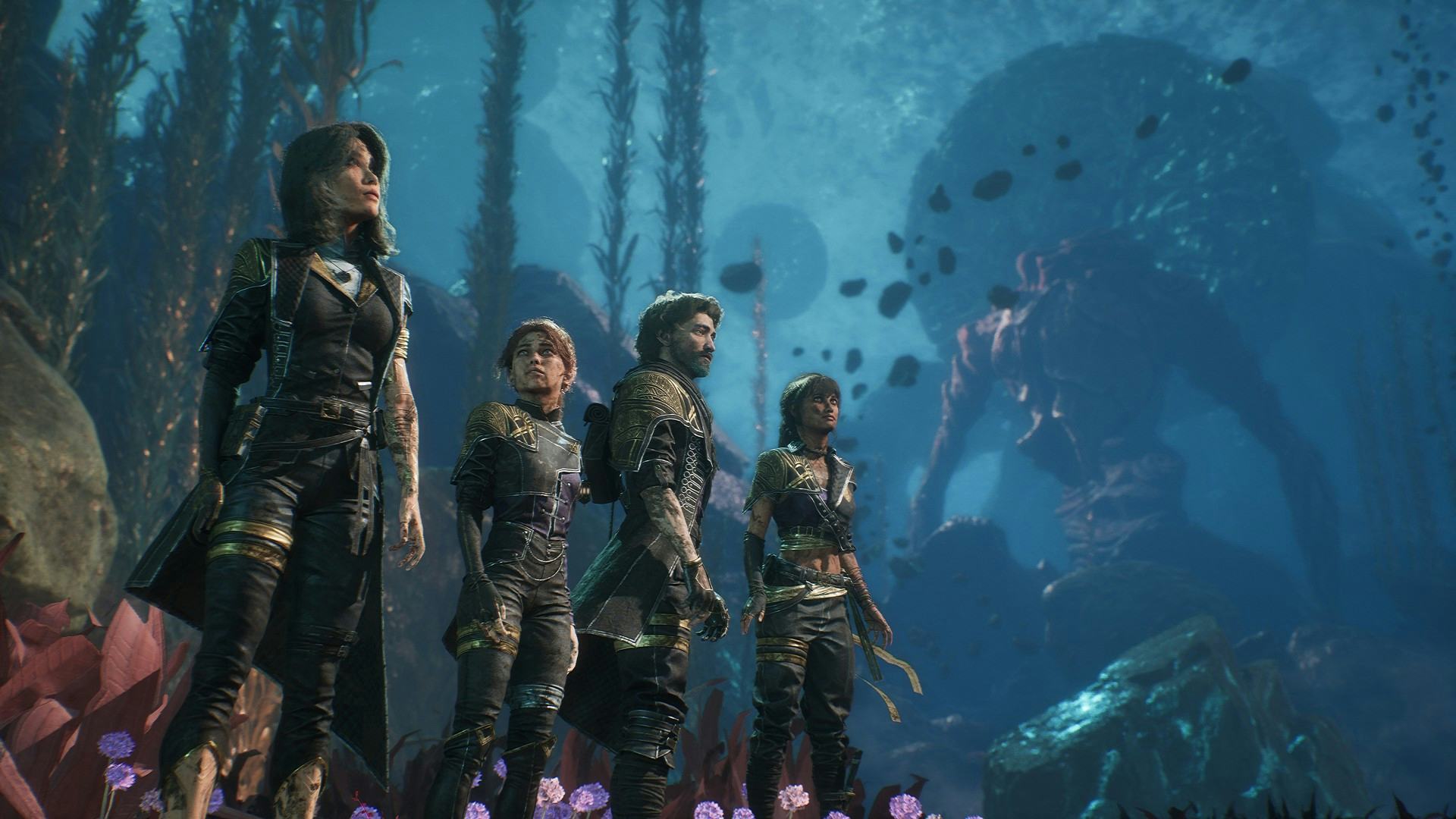
Clair Obscur: Expedition 33 has taken the gaming world by storm this week, and it deserves it. A love letter to classic JRPGs wrapped in an undeniably charming French veneer, and developed by a first-time studio to boot. Expedition 33 is deservedly getting heaps of attention and praise, but it’s also stirred up a tired conversation that we see all too often in the industry — that this title finally brings back the glory of turn-based games. The only catch? Turn-based games haven’t gone anywhere. In fact, over the last decade, the turn-based genre has undergone a profound revitalization that has directly led to this moment — with defining games like Baldur’s Gate 3 and Expedition 33.
There are a lot of comparisons currently being made between Expedition 33 and Final Fantasy, and it’s inevitable that would happen. Expedition 33 doesn’t try to hide that it’s directly inspired by Final Fantasy, from the combat to the design of the world and its melancholic narrative. Of course, Final Fantasy hasn’t been turn-based in years, with Square Enix choosing instead to embrace change and experimentation as the franchise tried to find its modern footing. That’s led to both successes and failures for Final Fantasy, and in some ways, Expedition 33 does feel like what a modern turn-based Final Fantasy could be. But taking that comparison beyond the most basic ideas is a disservice to both, as Expedition 33 finds a way to turn its inspiration into something unique.

That’s the heart of the matter — if you’ve been paying attention, Expedition 33 doesn’t do anything entirely new for the turn-based genre. It’s more a matter of the fusion of elements, aesthetic, and the storytelling the game has — how it manages to take so many inspirations and elements from other games and fuse them into its own unique flavor.
But the elements that make this game have been built up in dozens of other titles, and that same sentiment applies to the idea of this game being made by a “small team.” Yes, Expedition 33 is the first game for Sandfall Interactive, but the studio is made up of veterans who worked at Ubisoft for years — just finally given the chance to make a passion project. Similarly, Sandfall clearly is made up of RPG fans who’ve been paying attention to the genre.
Expedition 33’s innovation on action combat feels shockingly similar to Lost Odyssey and Yakuza: Like a Dragon. Other game series, like Trails, found unique ways to integrate action elements years ago. The game’s slick graphical presentation and battle interface are entirely reminiscent of Persona. And its dynamic party focus, where each character has their own dedicated arc, falls right in line with later Dragon Quest games, like Dragon Quest XI, or even Baldur’s Gate 3.

That’s truly the beauty of the turn-based genre: you can see the deliberate path it's taken for years, it’s just that the “big names” in the genre have shifted. But even the Final Fantasy-inspired games have been there under a different guise, with the likes of Bravely Default and Octopath Traveler.
Even just off the top of my head, I can list dozens of turn-based games that have all done something unique and inventive in the past ten years — Baldur’s Gate 3, Metaphor: ReFantazio, Yakuza, Trails Through Daybreak, Persona 5, Marvel’s Midnight Suns, Honkai: Star Rail, Shin Megami Tensei V, Chained Echoes, Fantasian. I can literally go on and on.
But then this raises a core question — just why do so many people think turn-based games have been absent? A big part of this is Final Fantasy itself, the series that undoubtedly made turn-based games what it is, at least conceptually in the West. In the ‘80s and ‘90s, Final Fantasy blew up unlike any other JRPG, virtually becoming a household name alongside the likes of Zelda and Halo. Outside of Final Fantasy, a majority of turn-based games at the time were still fairly niche, and that became even more so as the industry moved onto open-world games. Final Fantasy, for years, struggled to adapt — and still does. Attempts to chase trends and experiment have pushed some fans away.
This is coupled with the industry’s evolving focus on AAA games and the elimination of the AA sector. Many of those classic turn-based titles squarely fell into the AA category, smaller budget but big ambition. As trends like multiplayer, open world, and live service took off — niche turn-based RPGs became more and more of a risk to develop. The Xbox 360/PS3 era did see a dip in turn-based games, and a time when Japanese RPGs in general lost their way. The genre did come back — but that slight decline was likely enough to lose a lot of people who just didn’t keep up with turn-based games moving forward.

Expedition 33 isn’t an AAA blockbuster game, but it could pass as one if you didn’t know better. It’s built on Unreal Engine 5 and has the flashy graphics you’d expect from something out of a big studio, not an anime aesthetic or stylized art. It’s what you’d call a “high-fidelity” turn-based game, using realistic graphics and impressive facial capture despite its fantasy setting. That’s enough to attract players who fell off of turn-based games, or those who might never have tried them in the first place. But crucially, the genre has been innovating for years, and Expedition 33 is simply the latest step in that. It might be a big move, but one built on the games that came before it, nonetheless.
Stagnation and development costs are two vital areas in video games right now, and more live service games and bloated open worlds inundate players. But amidst all that relative plateauing, turn-based RPGs have flourished with smaller stylistic titles.
The conversation around Expedition 33 shouldn’t be about how it compares or invalidates any other game or series, but rather the merits the game itself provides. The focus should squarely be on how it contributes to that revitalization of turn-based games, proving that innovation can still happen even when you don’t do something entirely new.







